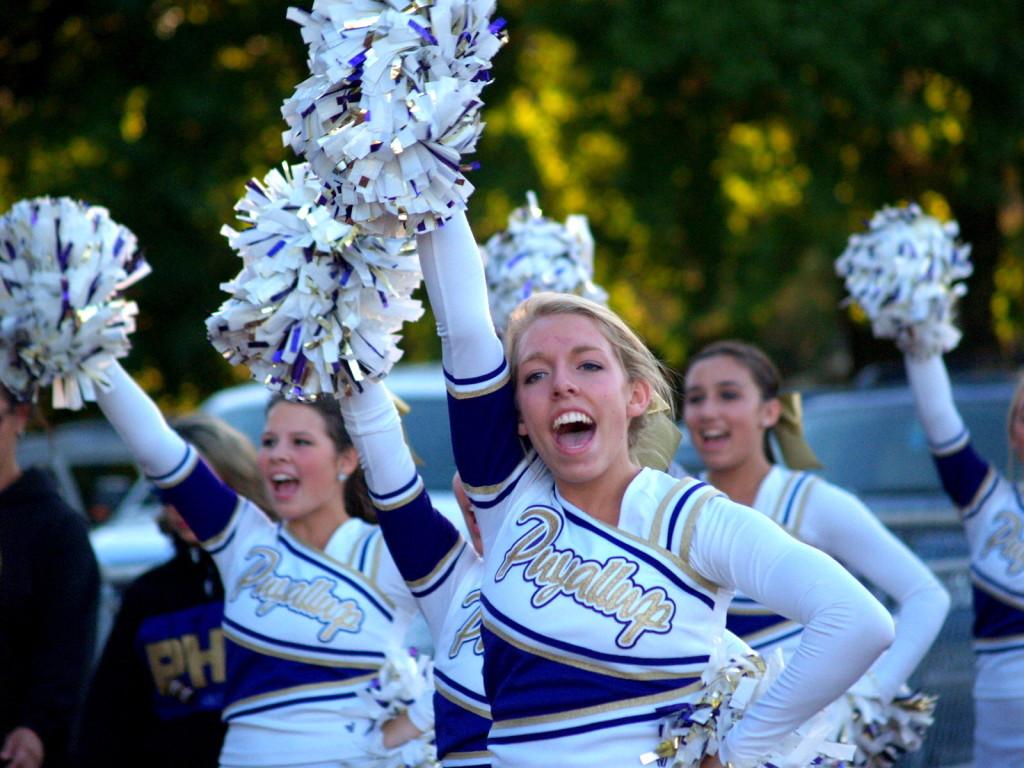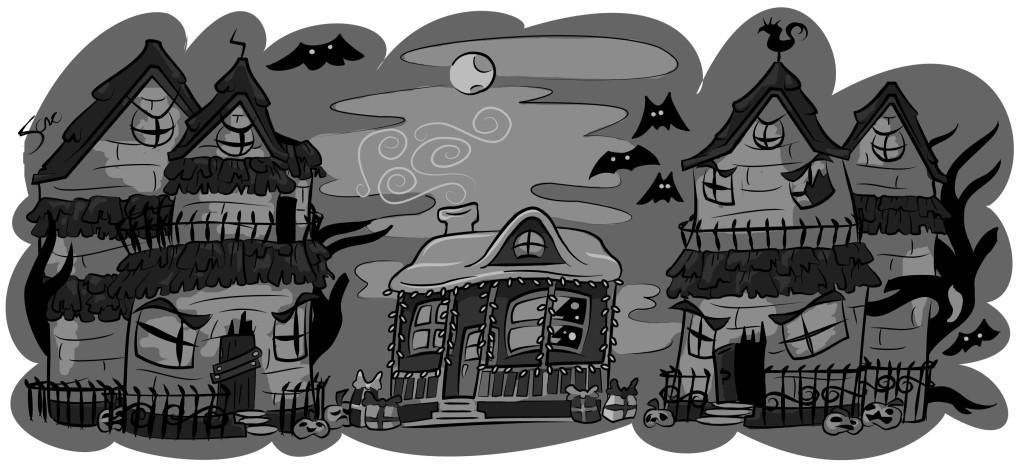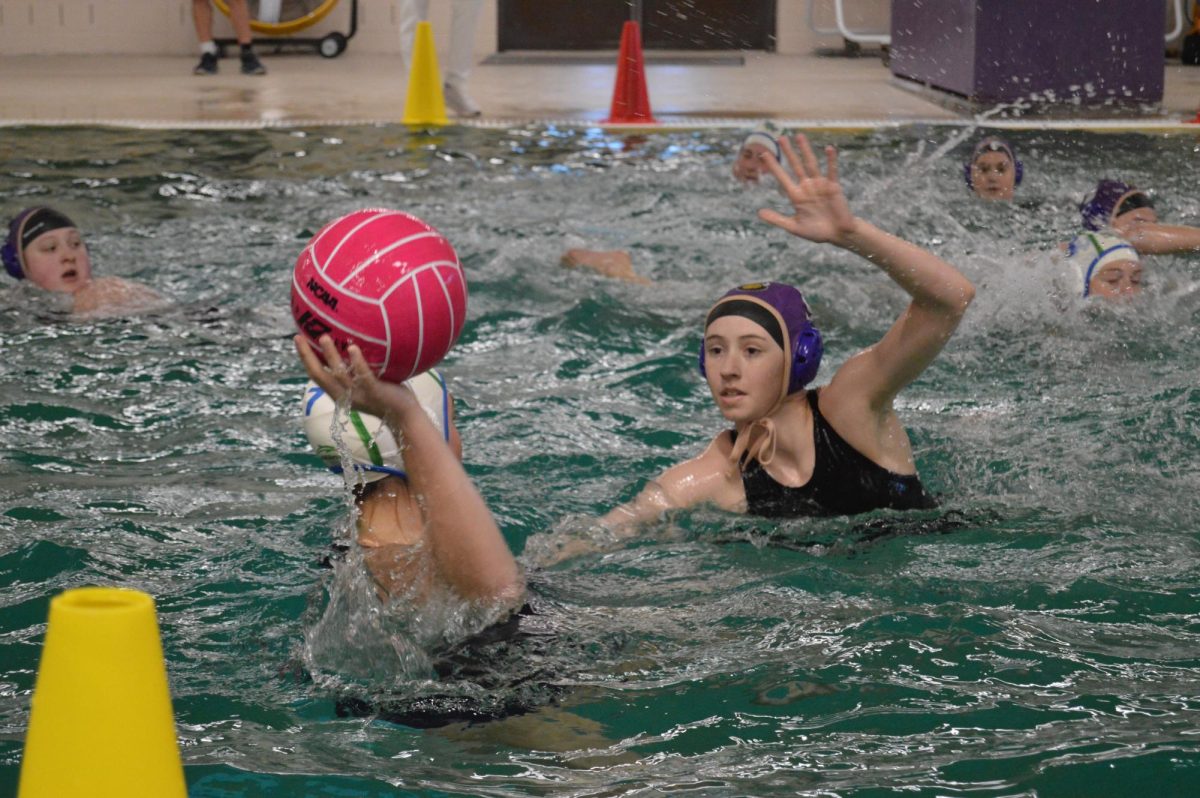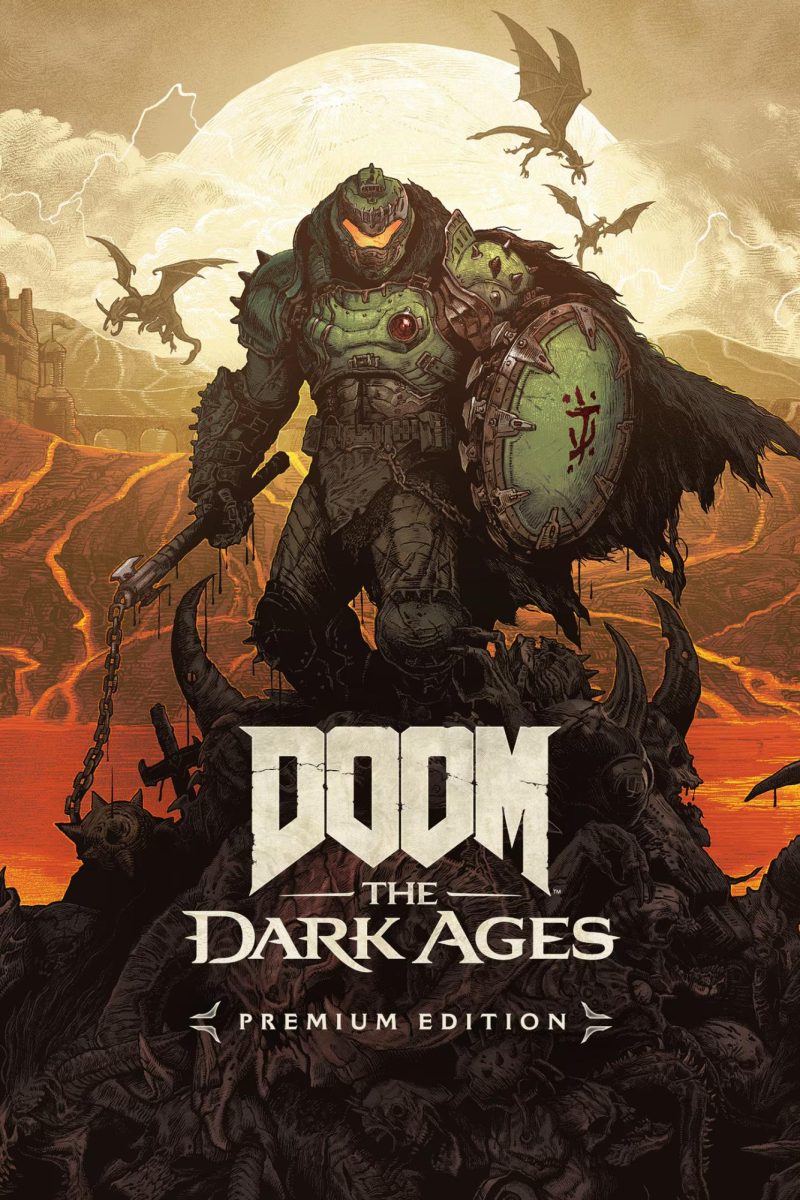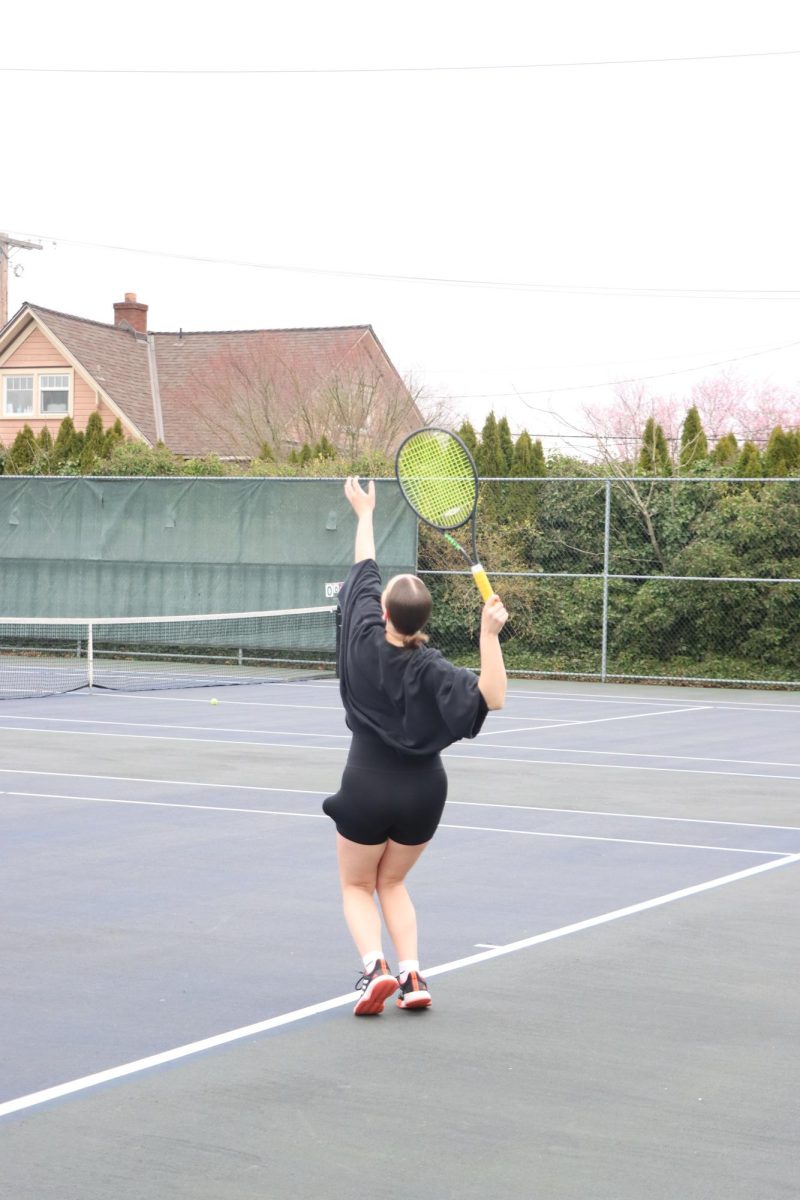Imagine a silent football game. The only sounds are that of the football players grunting and running across the field, while the fans in the bleachers remain absolutely still.
For most people, this is probably very difficult to do, considering cheering has been a staple of most sports for as long as they have been in existence.
According to the USA Federation for Sport Cheering (better known as USA Cheer), the people leading these cheers did not exist until 1898.
“In 1898, [The University of Minnesota] was on a losing streak, and a medical student named Johnny Campbell assembled a group to energize the team and the crowd,” USA Cheer said in their History of Cheer article.
Since then, cheerleading has evolved into both a competitive sport and a place where boys are much less common. This is a major shift from the creation of cheer when girls were not allowed to participate.
Cheer has also gained a lot of stereotypes, which, according to cheer captain Paige Wolter, are both harmful and misleading.
“Let us be honest. Everyone thinks of cheerleaders as ditzy, dumb girls that only cheer so they can wear a cute skirt. This definitely is not true. Many of the girls on our squad are involved in AP classes and are cheerleaders so they can support our school and have fun spreading school spirit,” Wolter said.
Spreading school spirit takes a lot of hard work, evidenced in the amount of time that goes into it, which junior cheerleader Julia Heseltine explained.
“We have practices on Mondays and Wednesdays and then games on either Thursdays, Fridays, or Saturdays,” Heseltine said. “Sometimes we have stunting camps on weekends and we have to go to other fall sports at least once a week (water polo, golf, swimming, etc.). As basketball season comes around we will become even busier with [up to] three games a week.”
The physical effort that goes into each game and practice is also extremely high.
“A lot of people do not understand all the effort that goes into cheerleading. Although it is not a sport, it involves a lot of athleticism and strength,” Wolter said. “For example, we need the endurance to cheer for an entire football game which can last a long time. We also need endurance for all those kicks we do.”
What seems to make cheer even harder for the team, however, is the fact that a lot of cheerleaders do not feel respected by fellow classmates.
“Common stereotypes of cheer would most definitely be the preppy, snobby, dumb cheerleader. Now of course this is not a stereotype we are proud of at all,” Heseltine said. “These stereotypes really affect us by the lack of respect we get from others, not only from students but from staff as well.”
Wolter, who has been cheering since sixth grade, has dealt with the stereotypes for a long time.
“I’ve grown to accept the criticism we receive on the daily. People do not understand the difficulty of work we do because they have never tried it themselves,” Wolter said.
This year might be able to change some people’s minds, as this winter the team is going into competition season, with their first competition Dec. 14.
“Cheer can be looked at as a competitive cheer team or a high school cheer team. This year we are doing something new and bringing the competition style back to the Puyallup cheer team,” Heseltine said. “This will mean more practices and hard work.”
Wolter is hopeful that the competition will help some students gain a new and better outlook on the team.
“I think as we continue to better ourselves as a team, the school will start to respect us more, especially when competition season comes around,” Walter said. “The students only respect us if we do something really wild and dangerous.”
Whatever this year’s cheer team achieves, USA cheer made a final point that cheerleaders have always been important.
“Cheerleaders are the promoters of your school and community,” USA Cheer said in their History of Cheer article. “They are a key marketing tool to the athletics programs that they support and they create the community patriotism we call ‘school spirit.’ Most importantly, they are tomorrow’s leaders who through the development of athletic skills, leadership and teamwork will be vital members of the community in the future.”

